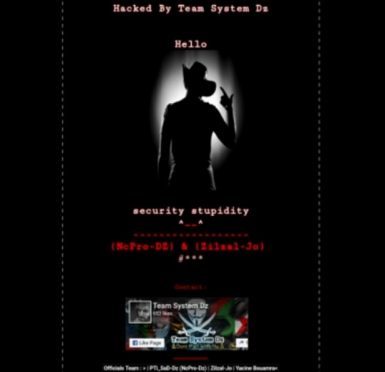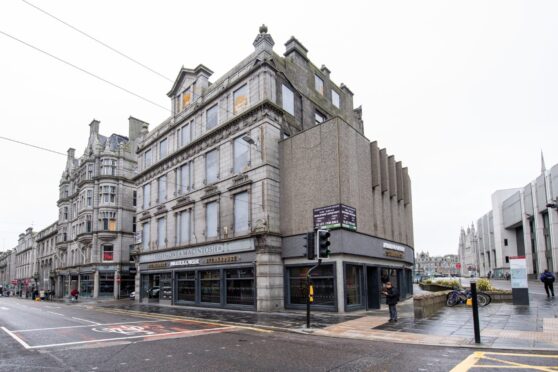More than £60,000 will be spent on replacing and upgrading council computer systems after a high-profile cyber attack earlier this year.
In January, hacking group Team System DZ breached security on the site in an incident lasting two hours.
They posted a cryptic page, which took over the entire website and showed the silhouette of a man in a cowboy hat above the message “security stupidity” on January 28.
The group posted details of the attack on its own Facebook page – and initially gave no reasons for the hack.
They later claimed it was in response to president Donald Trump’s immigration order.
It has since been revealed the local authority had to spend £10,000 in extra manpower to fix the attack and the new systems will cost more than £62,000.
A report to councillors said that a “vulnerability assessment of the website” carried out by an external company cost £5,550, while paying council staff for 170 hours to deal with the breach cost £4,540.
It was initially thought the attack could be connected to the Islamic State (IS) terror group.
Now councillors on the audit committee will meet next week to discuss the council’s “action plan” following the hack.
The authority has already completed a number of points on their plan including changing passwords and reviewing out of hours IT provision.
The report reads: “The main risks considered were reputation and trust in our core council technology services, incorporating our protection of personal data.
“Impact of a breach of the website is high as this forms part of the council’s core critical business infrastructure.
“However, cyber-criminals are continually devising new methods to avoid detection, and there is no guarantee that future breaches may not occur.
“There is an added risk that many systems, which are not subject to the same vigorous security testing and change controls, have been procured and managed outside the central IT service.”
Finance convener Douglas Lumsden said: “The council has a responsibility to safeguard the online security of its users and the data it holds on members of the public.
“With cyber attacks becoming more common, it’s right that the council invests in our security systems to better defend against hackers and protect data and services that the public relies on.”










